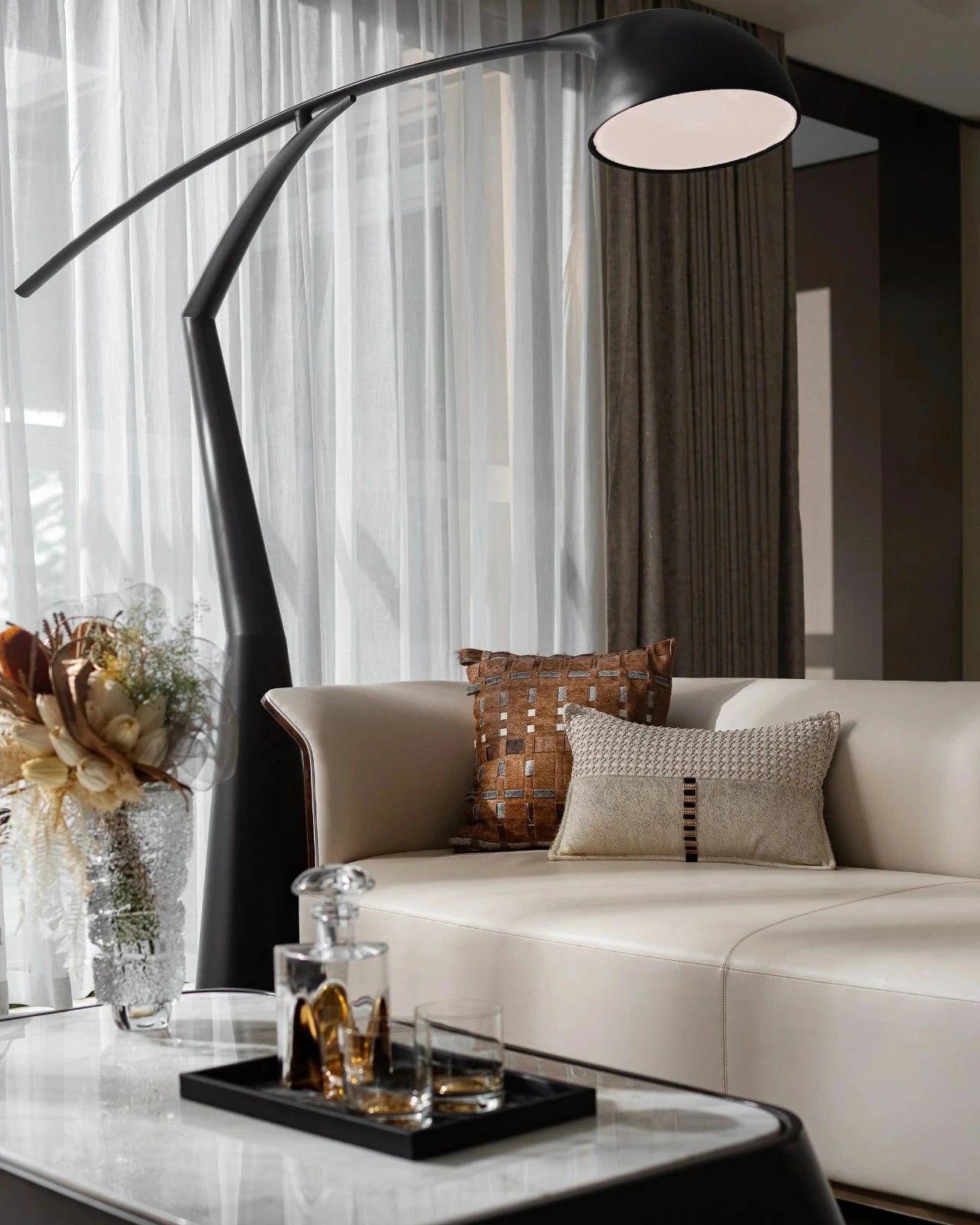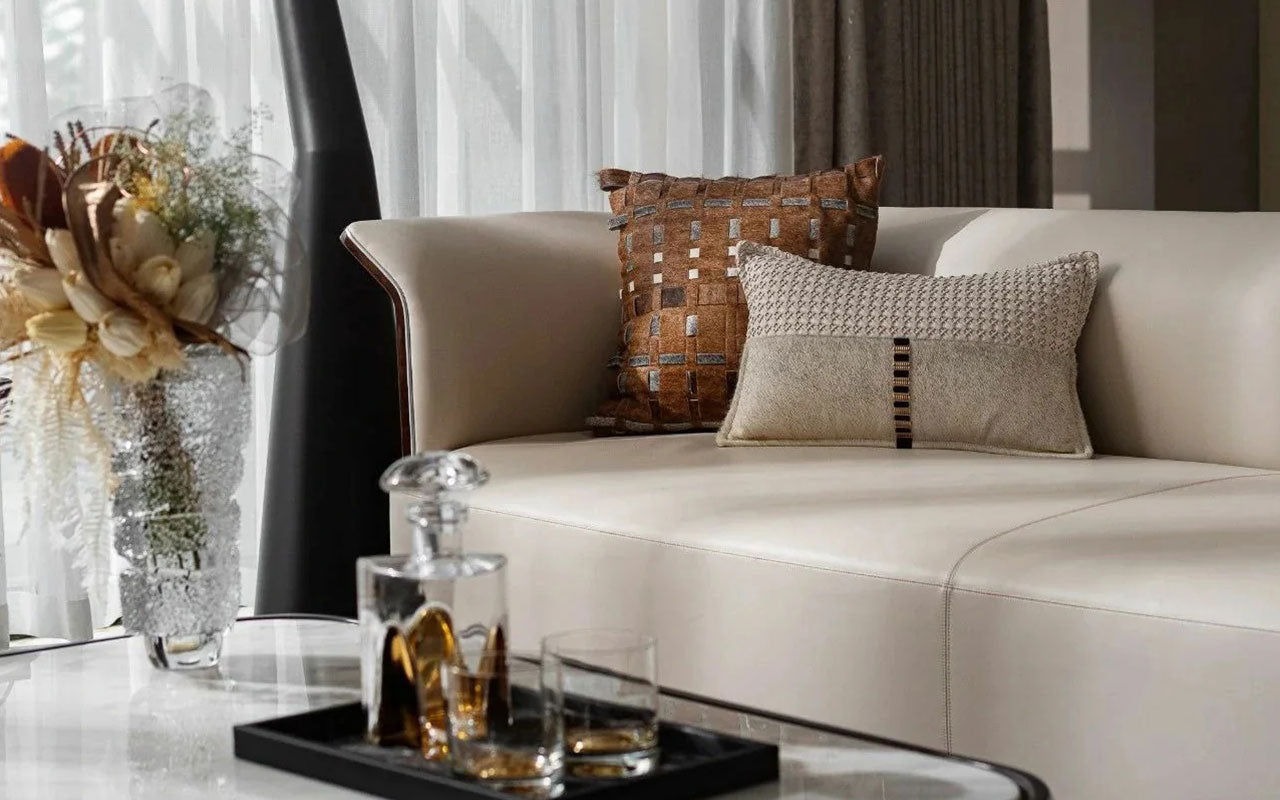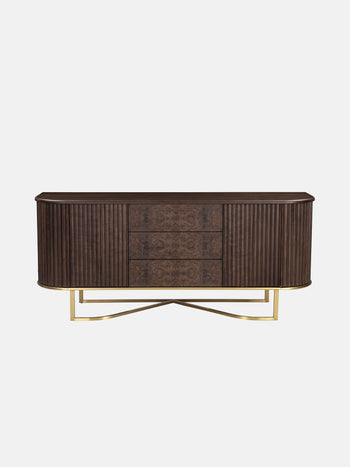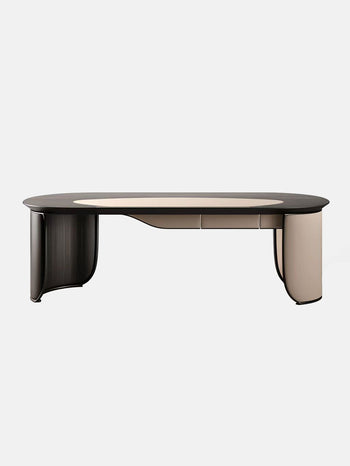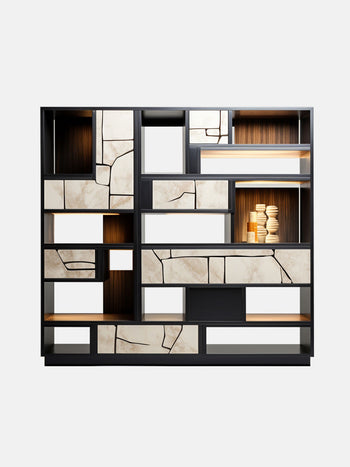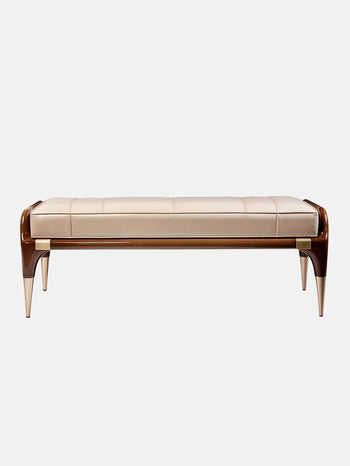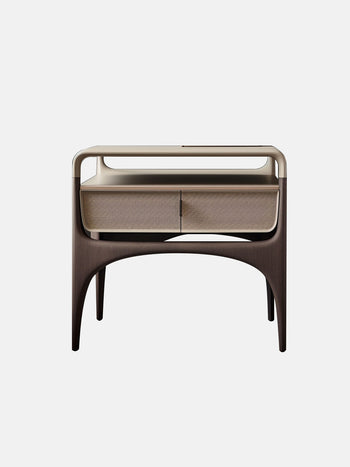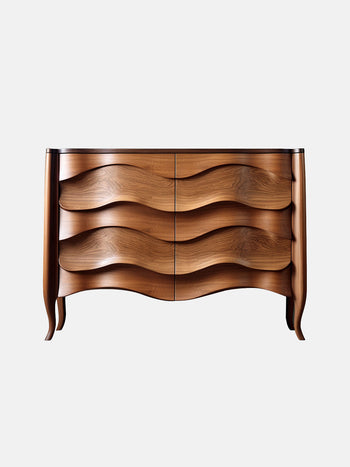A Dining Table that Connects Spatial Order and Warmth

Introduction: Returning to Essence—Let Furniture Flow with the Rhythm of Life Minimalism is not about emptiness, but a deeper focus on essence after shedding the superfluous.

Through the interplay of structure, materials, and light, each piece of furniture becomes part of the space’s rhythm and daily rituals.

In this project, the design embraces restraint and clarity, breaking life into ordered scenes where furniture acts as a grammatical element of space.

At the center of this quiet architectural narrative stands one key piece—the dining table, our starting point into the resident’s living philosophy and aesthetic expression.

Living Room: Reading Warmth Between the Lines
Entering the main area through an arched-ceiling hallway, the living room opens with a modular layout.

The sofa’s enclosed arrangement offers flexibility, avoiding a fixed center and instead evolving with the fluid nature of daily life.

Clean-lined furniture silhouettes harmonize with the room’s grid-like architectural structure, maintaining tension between movement and stillness.

Behind the sofa, display shelves and storage platforms are arranged with symmetry and order. Materials—warm wood finishes, fine textiles, and light gray tiles—wrap the space in quiet restraint.

Though the dining table has yet to appear, it is already subtly foretold in the circulation flow, like a transitional phrase in a larger spatial narrative.

Dining Room: The Table as a Core Expression of Daily Life

As the dining and kitchen area naturally flows from the living room, the dining table emerges as an anchor—calm, yet dynamic.

It holds not only the function of dining but also mediates the rhythm between movement and moment.

The designer selected a large, seamless wood slab table, preserving the natural grain and growth rings. Gently rounded corners soften the structure, introducing a quiet flexibility.

Surrounding chairs feature graceful curves with well-balanced proportions, upholstered in matte leather and paired with subdued metal frames, continuing the palette of understated warmth.

Above, a spherical metal pendant hangs like a point of light, lending a ritualistic air to mealtime. It softly bridges the vertical space, making the dining table a true focal point of emotion and gathering.

Lounge: Releasing Tension in Stillness
In the underground lounge, light enters more discreetly. Dark wood and metal define the atmosphere, lending both spatial clarity and a sense of inner depth.

Sofas, side tables, and a fireplace form functional islands, while a single high-top bar table in the corner hints at the dining table’s adaptability: it can center a shared meal or serve as a solitary retreat.

The design avoids ornate forms, using surfaces as structural logic and materials to define function.

In this context, the dining table’s presence becomes even more resonant—unspoken yet ever-connecting people to space.

Bedroom: A Soothing Return After Restraint
On the second floor, the master suite is wrapped in a pure palette of soft greys and whites. Materials unfold layer by layer: matte finishes, leather panels, and delicate metal accents sketch out a “silent” kind of beauty.

At the foot of the bed, a minimalist reading table echoes the language of the main space. No longer driven by function alone, it offers a gentle cue for unwinding.

Though removed from the kitchen and dining area, the design logic of the dining table continues here.

Whether as a vanity, writing desk, or breakfast table, the combination of solid planes and soft curves maintains the home’s cohesive spatial character.
Conclusion: Subtracting Form, Adding Emotion
This dining table is not an isolated object—it is the axis of a lived rhythm.
When all excess ornament fades, we return to a life defined by careful detail, balanced rhythm, and thoughtful proportions—and the dining table is where it all gently lands, quietly and meaningfully.
Design Team | Bu Er|Mingjia
If there's infringement, please contact for removal.
 New Creative
New Creative
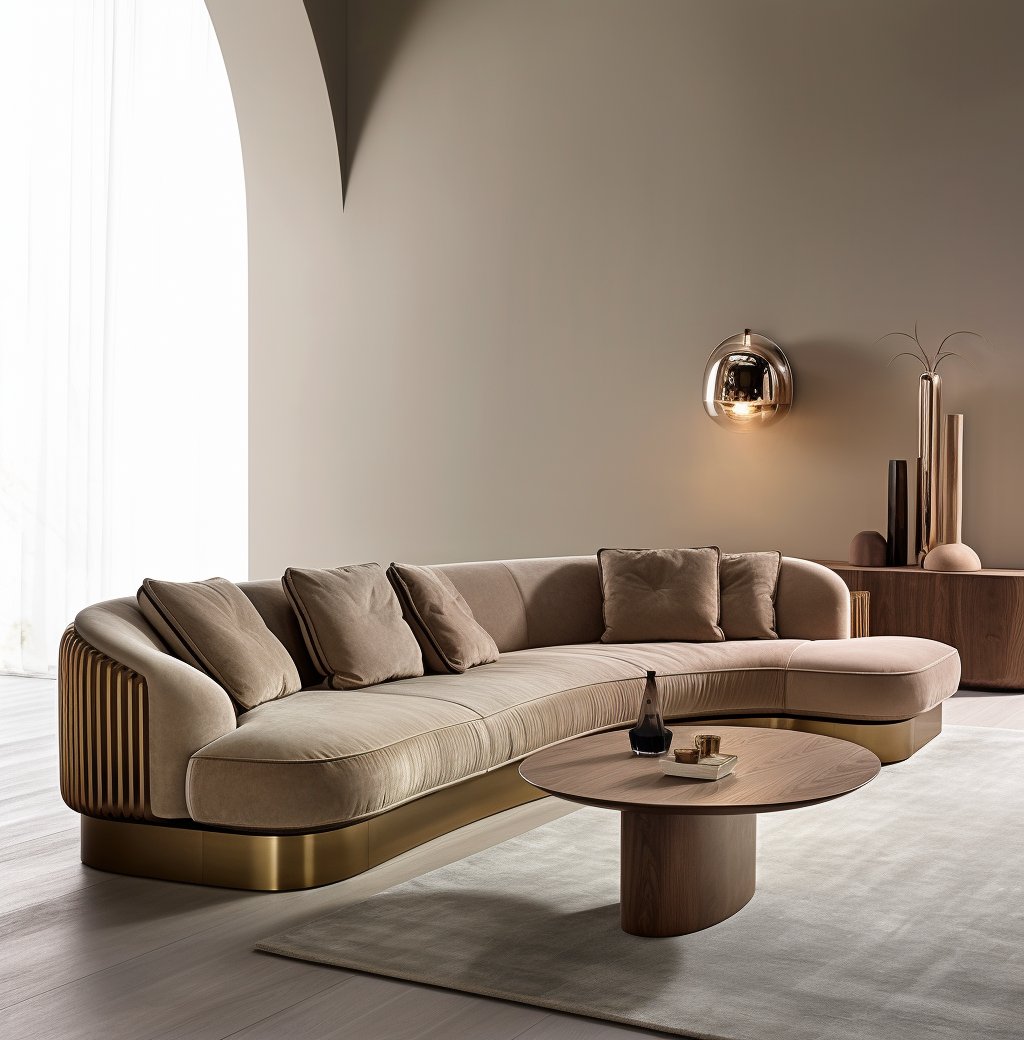 Best Sellers
Best Sellers
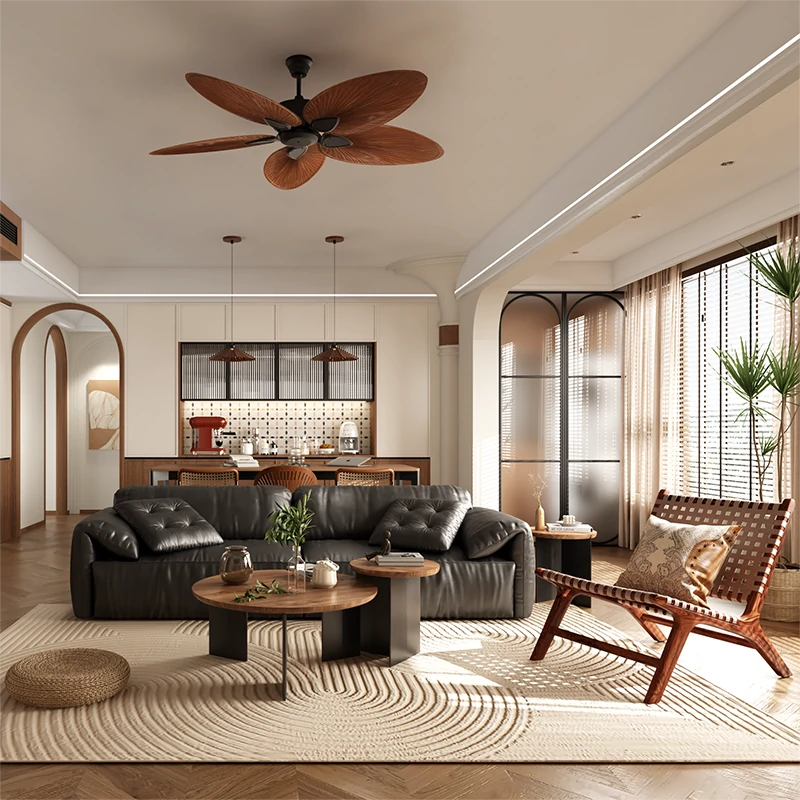 Shop The Look
Shop The Look
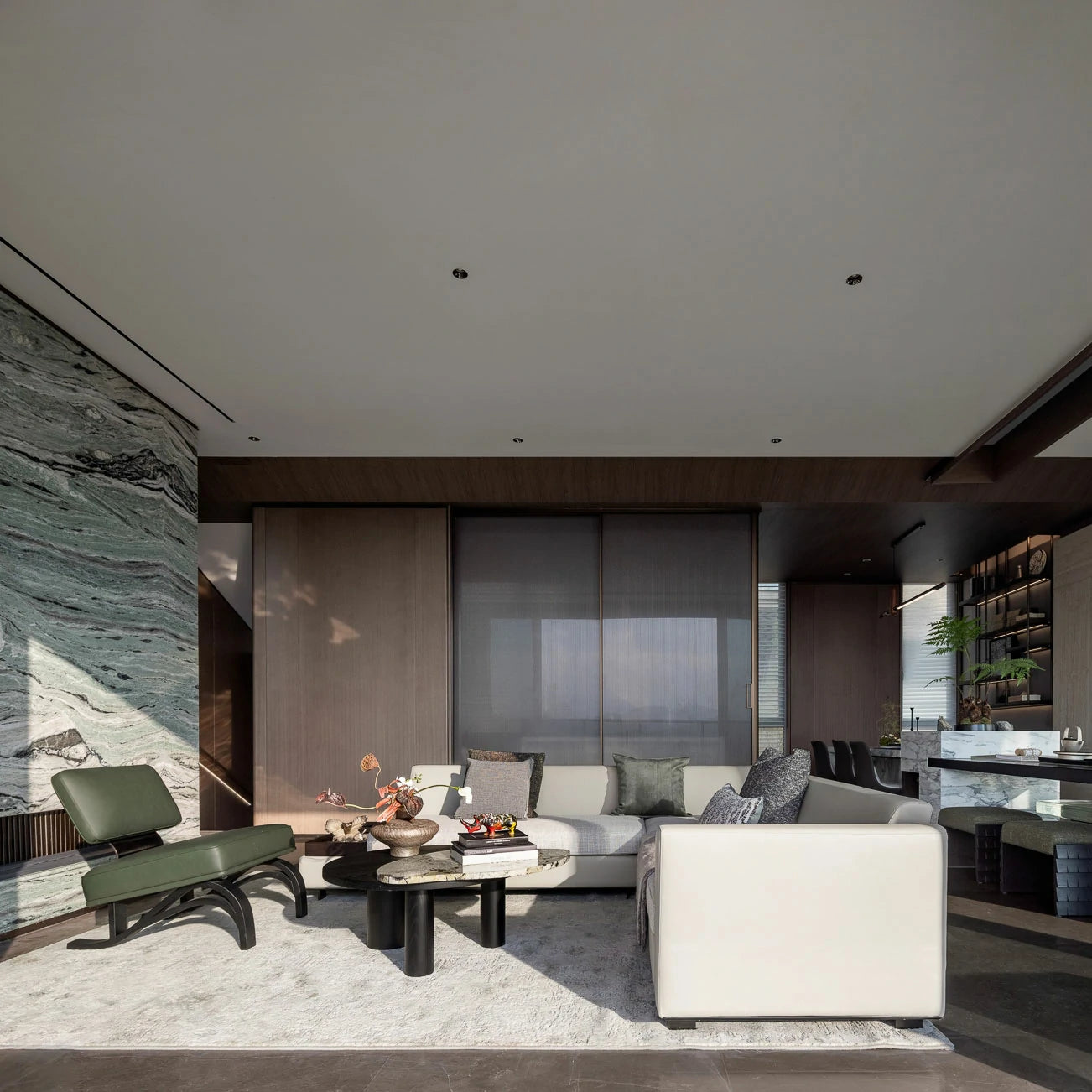 New Room
New Room
 Sofas & Seating Systems
Sofas & Seating Systems
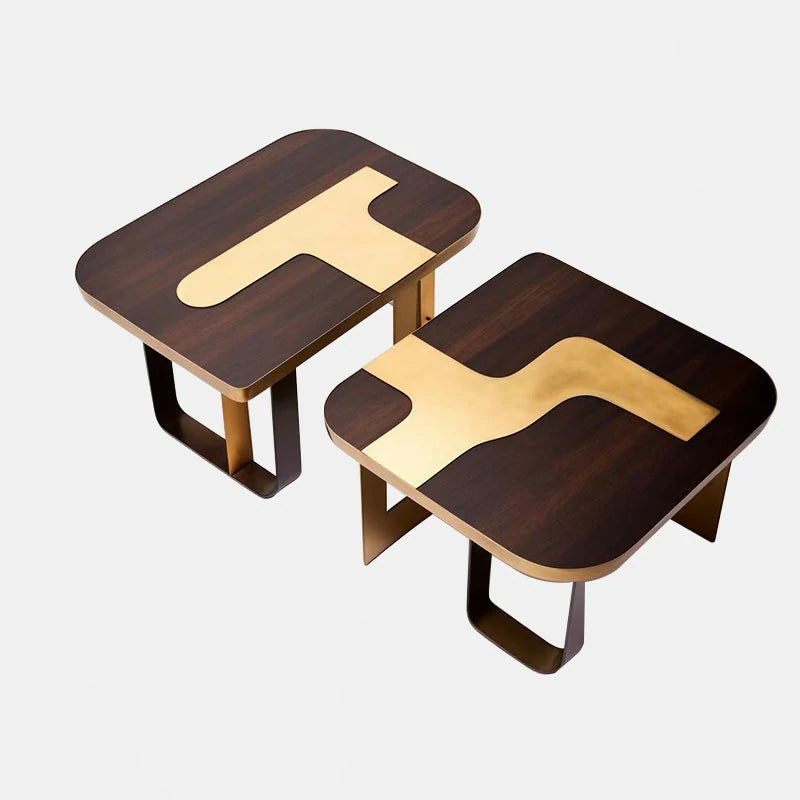 Coffeetables & Sidetables
Coffeetables & Sidetables
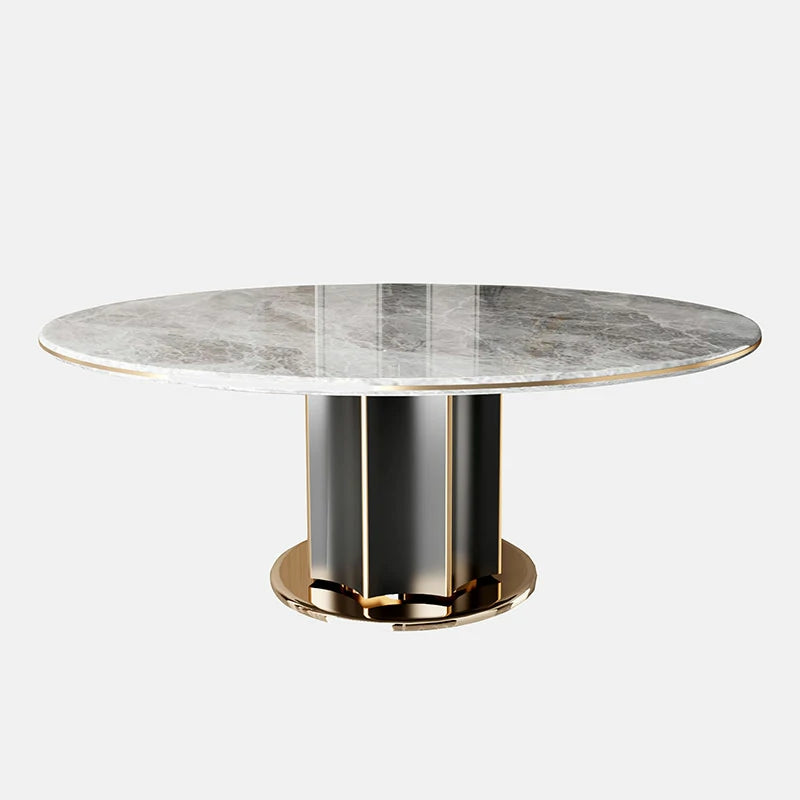 Tables
Tables
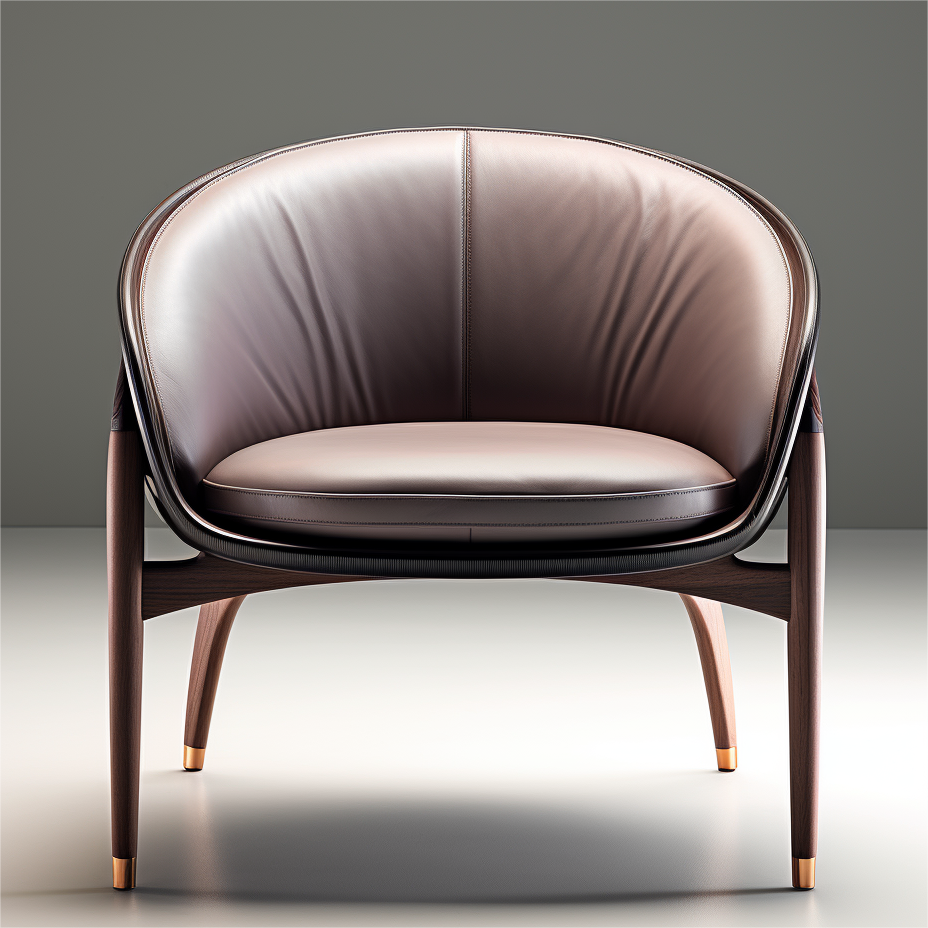 Chairs
Chairs
 Beds
Beds
 Nightstands & Vanities
Nightstands & Vanities
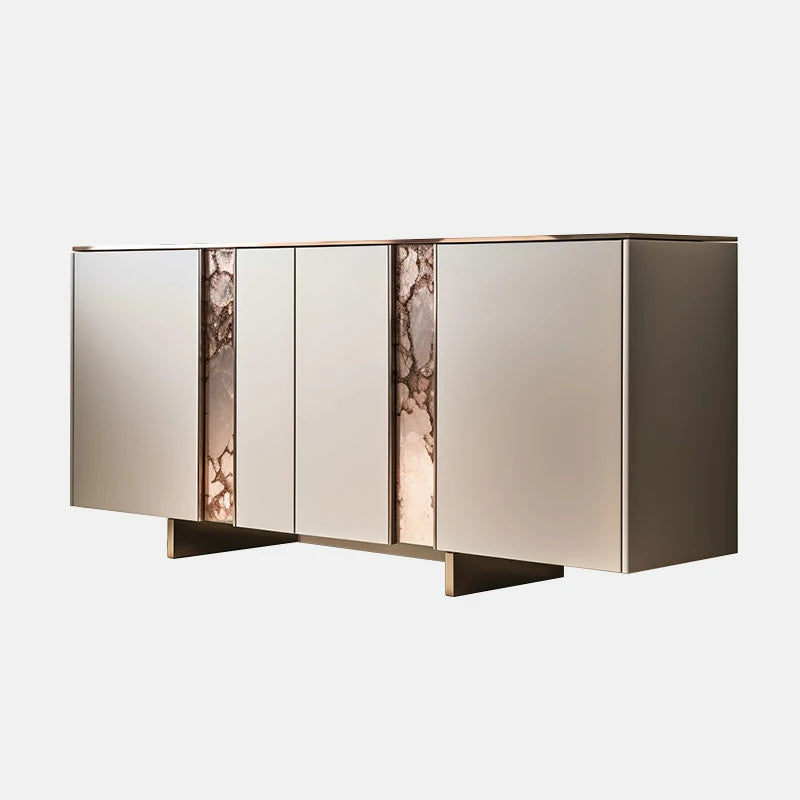 Sideboards & Bookcases
Sideboards & Bookcases
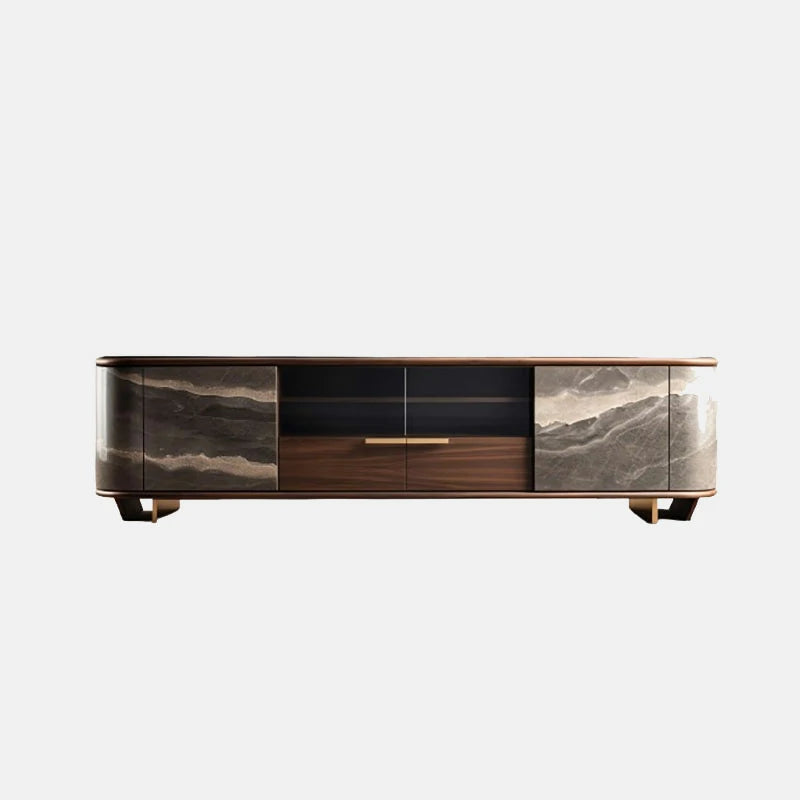 Console
Console
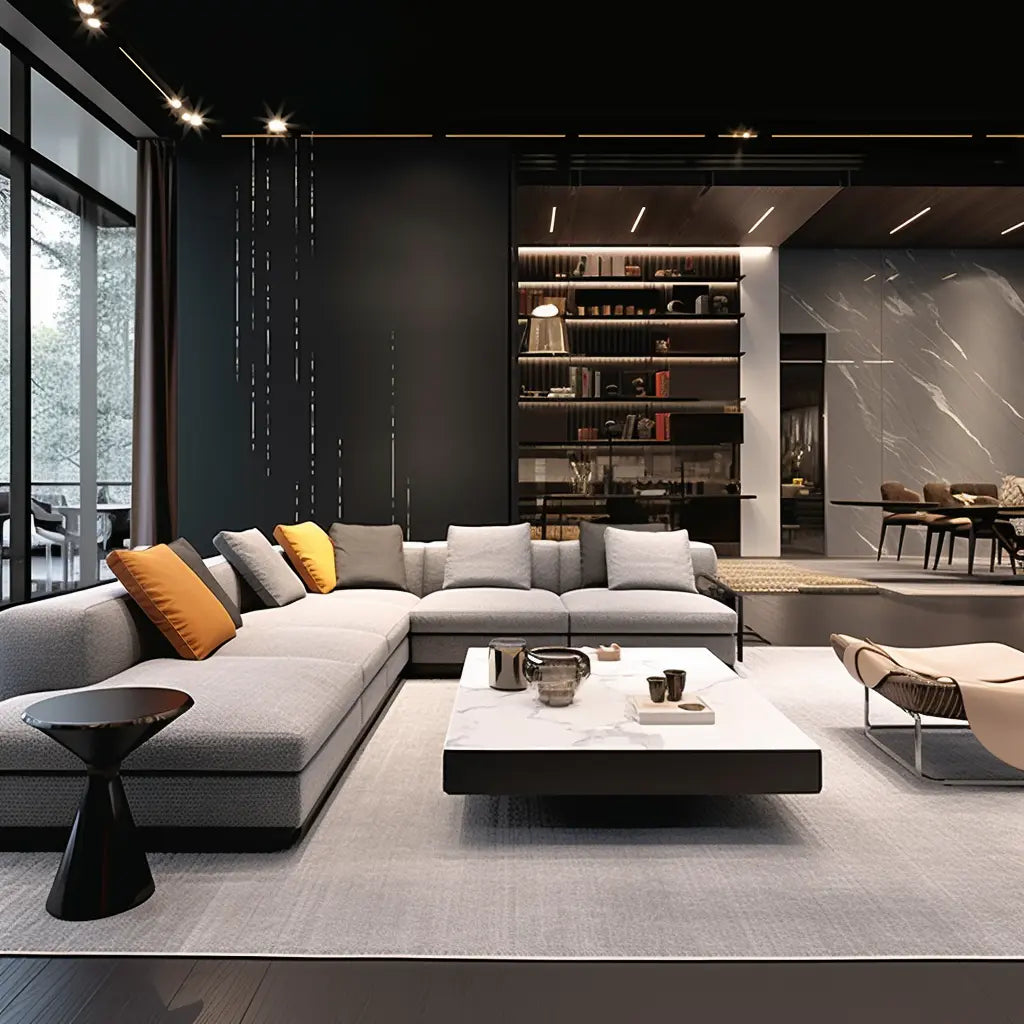 Livingroom
Livingroom
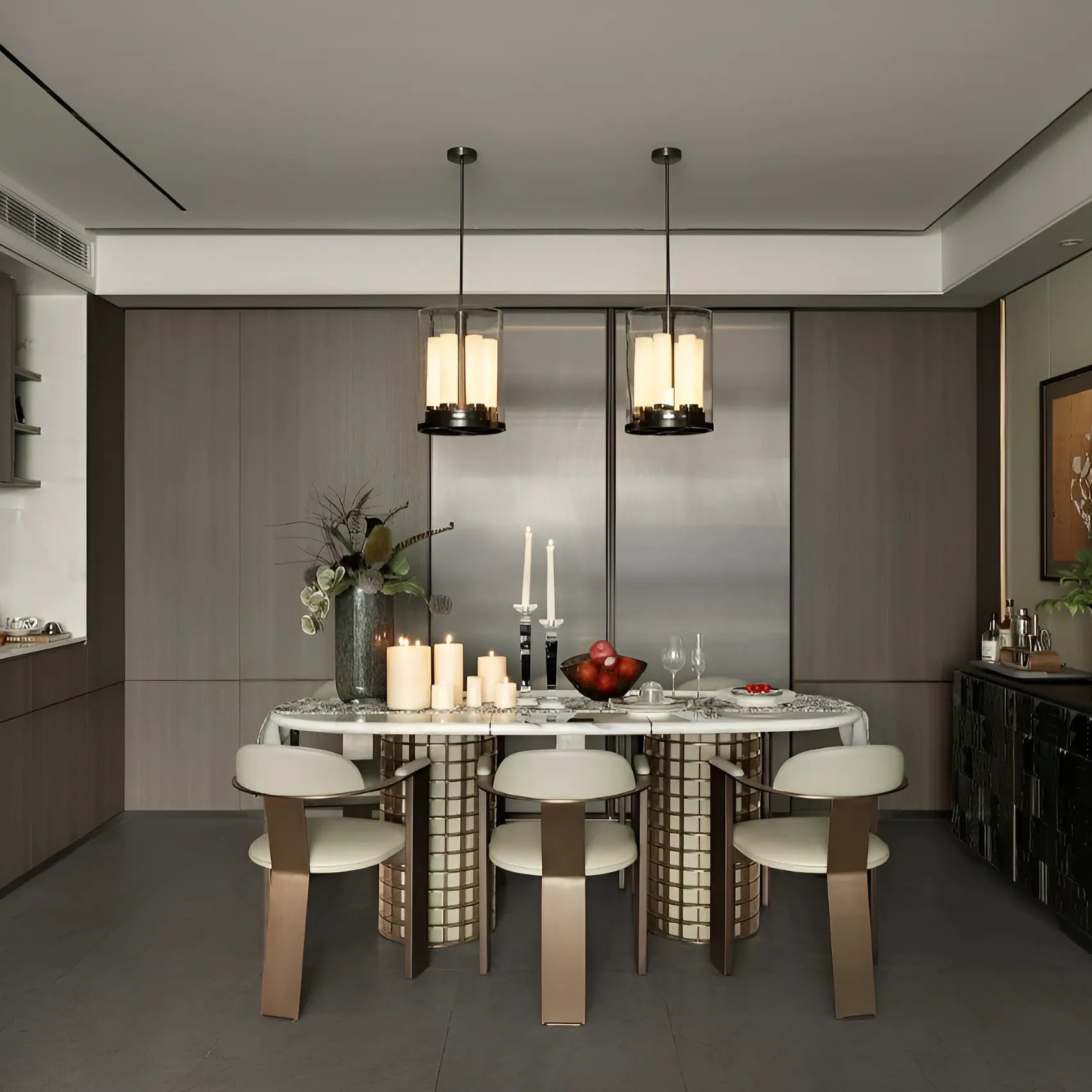 Diningroom
Diningroom
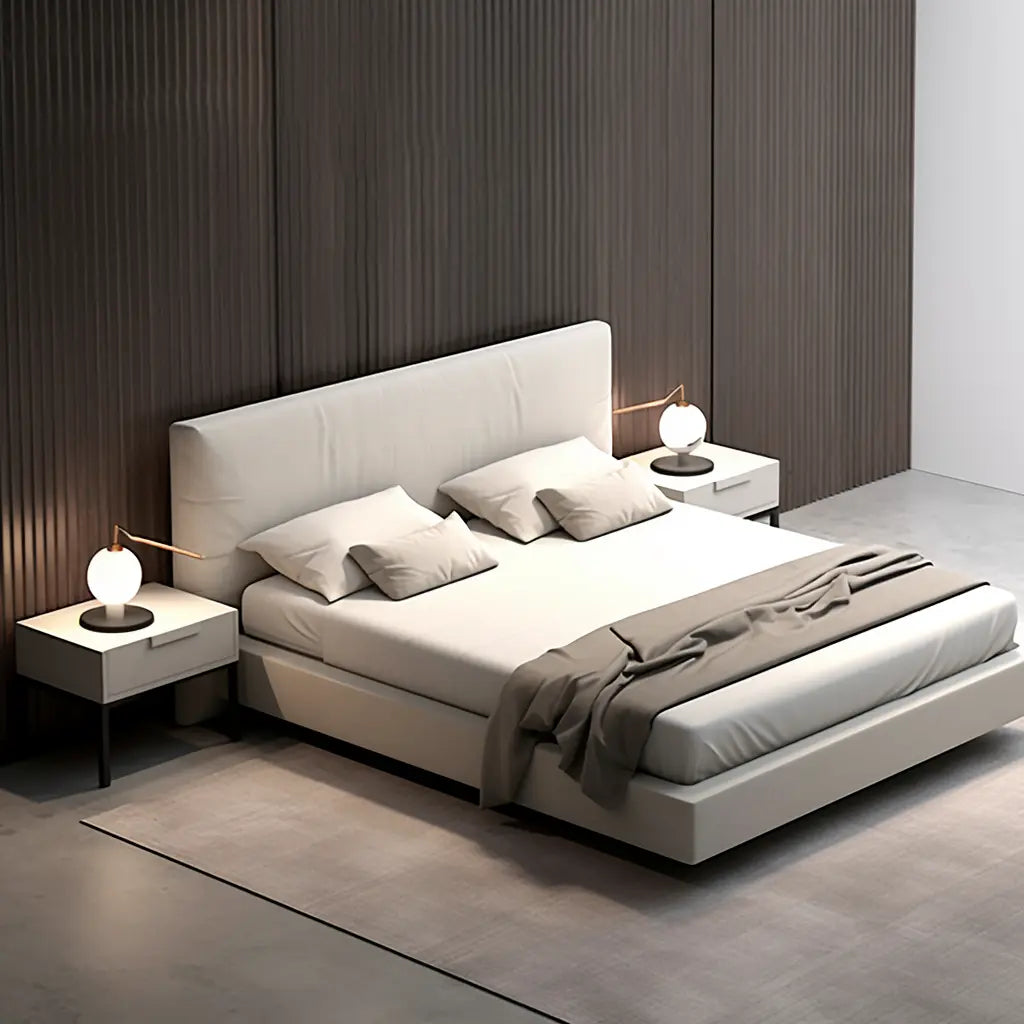 Bedroom
Bedroom
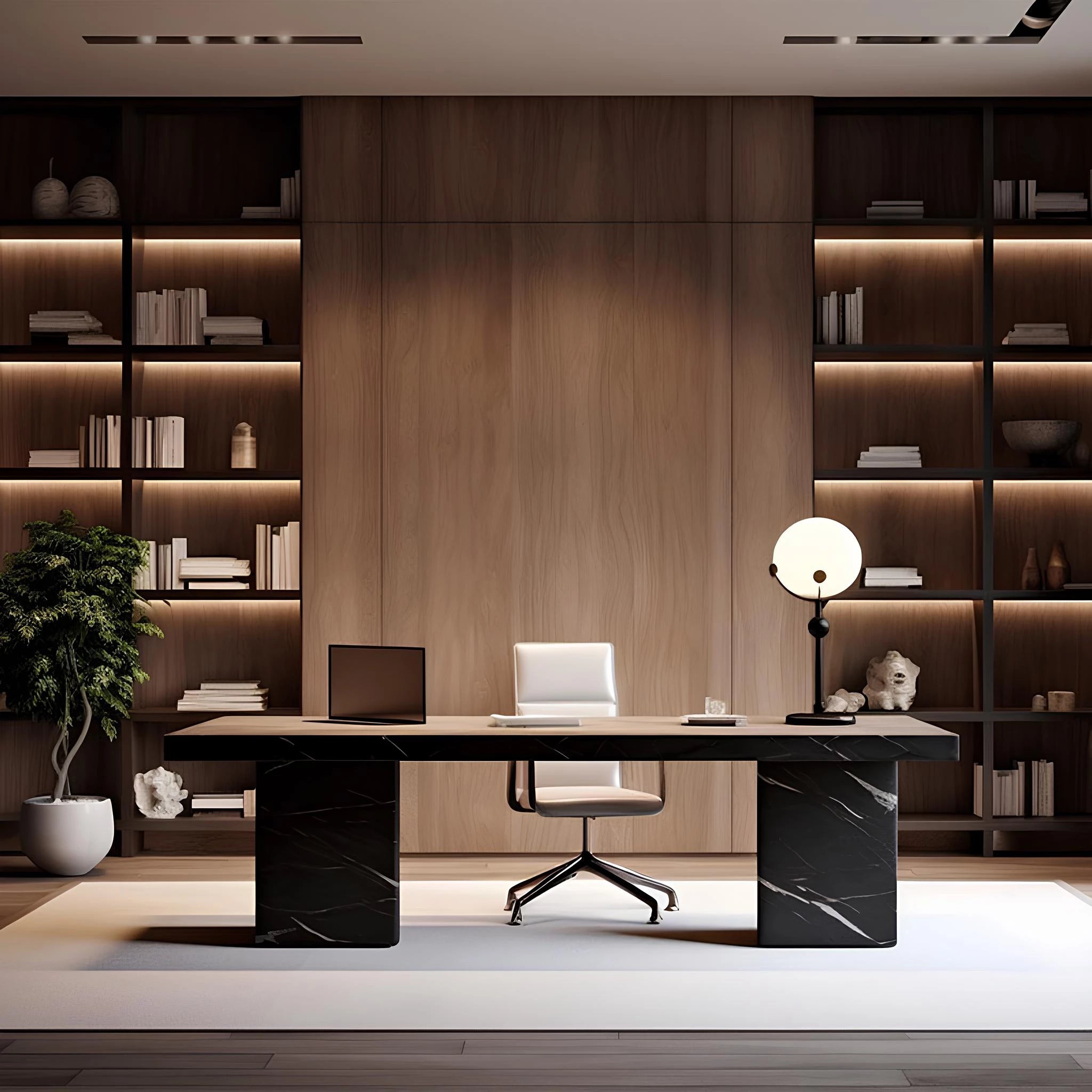 Officeroom
Officeroom
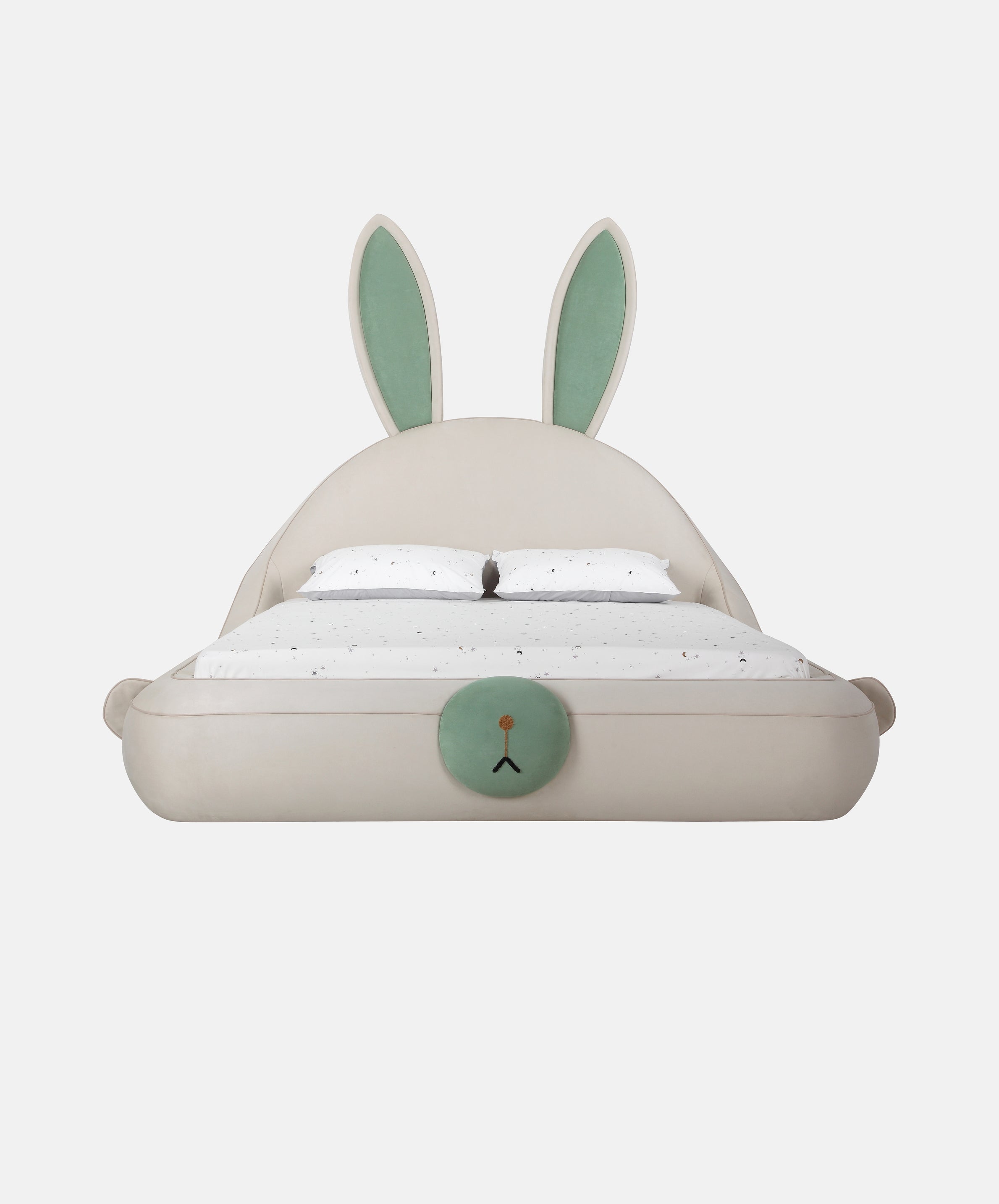 Cartoon & Children
Cartoon & Children




 About Us
About Us
 Sustainability
Sustainability
 Gentle Wood and Soft Curves: An Ideal Home Scene
Gentle Wood and Soft Curves: An Ideal Home Scene
 The Philosophy of Life Around the Dining Table: Finding Peace Between Nature and Modernity
The Philosophy of Life Around the Dining Table: Finding Peace Between Nature and Modernity
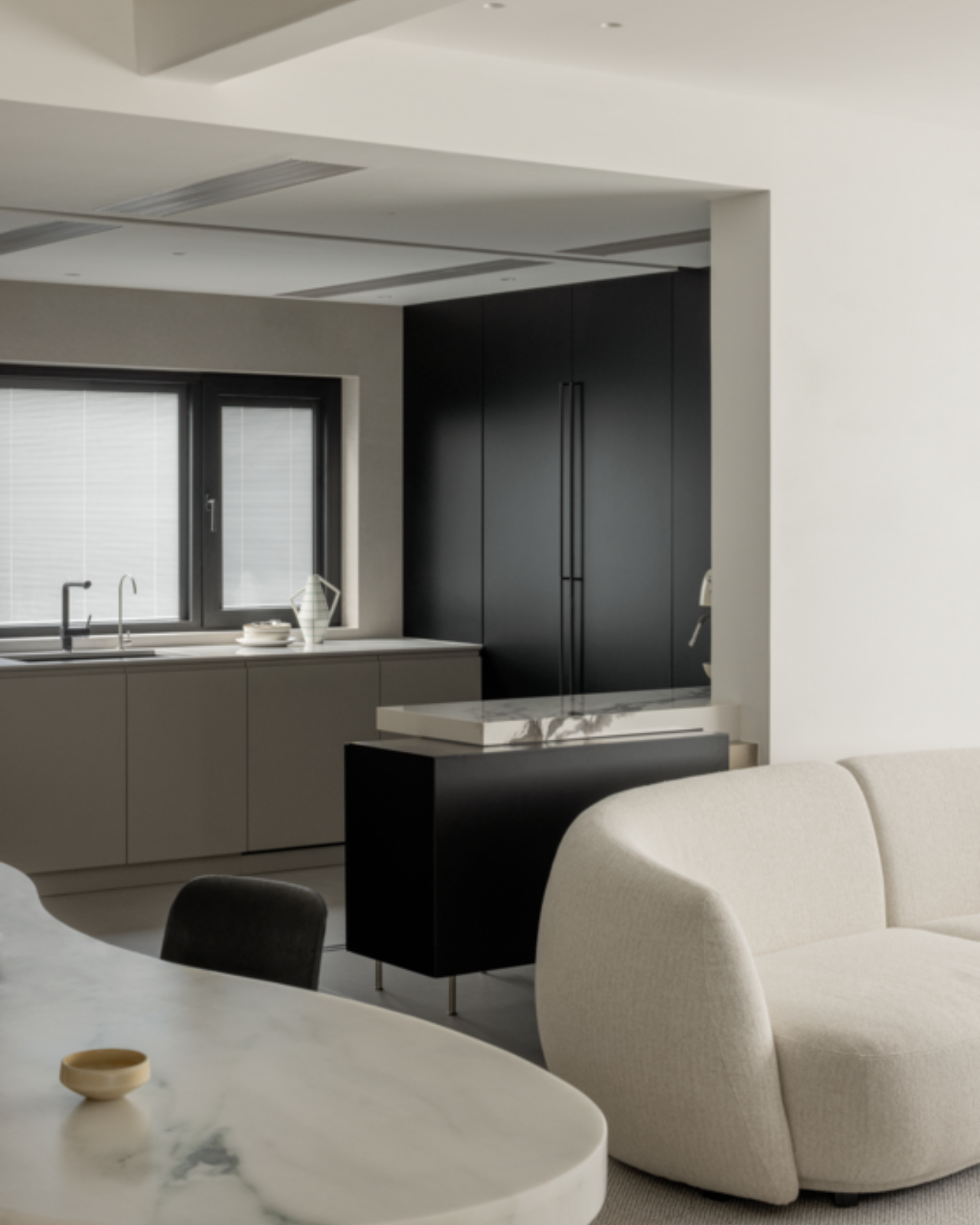 The Fusion of Comfort and Art: The Story of the Sofa at Home
The Fusion of Comfort and Art: The Story of the Sofa at Home


